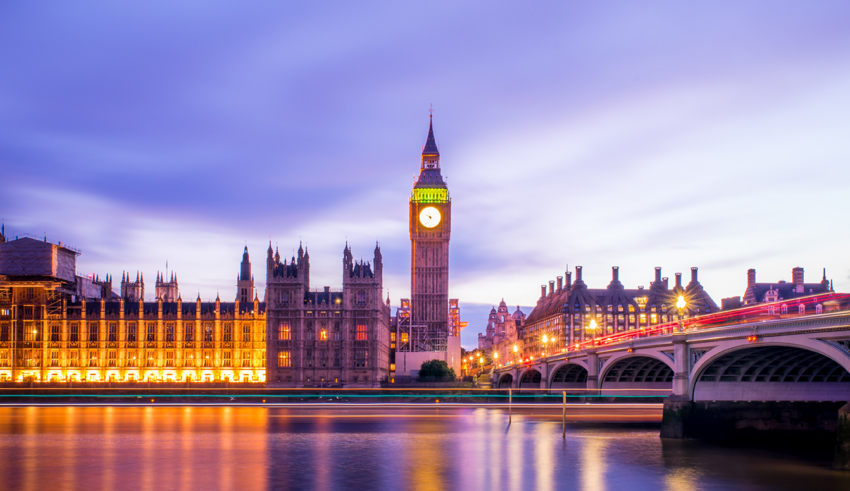AG INSIGHT | 28/09/2021
Greening our planning system will be central to ‘levelling up’

Philip Box is Public Affairs & Policy Officer at the UK Green Building Council, and in this blog piece, he explores the importance of the new Secretary of State aligning planning with the UK’s climate and environmental objectives.
It has now been over a year since the Government published its Planning White Paper – Planning for the Future – which promised the biggest shakeup of the English planning system for half a century.
After receiving over 44,000 consultation responses, and following significant cross-party political debate, it was widely reported that the official consultation response would be published in some form ‘this Autumn’. Now, the new Secretary of State has reportedly ‘pressed pause’.
Back in June, the Climate Change Committee openly warned that it would be “serious” if this opportunity was missed to recast our planning system in line with the Government’s environmental commitments. Likewise, at roughly the same time, both the UK Green Building Council and Aldersgate Group coordinated a joint letter, signed by over 100 leading businesses, calling for net zero and biodiversity recovery to be placed at the heart of the planning reforms.
Planning is part of a system that is clearly failing to deliver the high-quality places, homes and sustainable development needed, whilst simultaneously falling short in tackling our environmental challenges. If the Government is to fulfil the promise of its ‘levelling up’ agenda, then it must move decisively to ensure the planning system can play its full part in unlocking low-carbon, nature-friendly investment.
Design codes and the NPPF
In the time since the initial consultation on the Planning White Paper, the Government released the final National Model Design Code, intended to support the rollout of associated local design codes and act as a material consideration in planning. This was accompanied by a selection of amendments to the National Planning Policy Framework (NPPF), focused on reflecting the recommendations of the Building Better Building Beautiful Commission.
The final version of the National Model Design Code notably took several welcome steps forward on sustainability, relative to the initial draft. Firstly, this included a general strengthening of the sustainability requirements for design codes, with the relevant sections moving into the criteria ‘expected to be included’. Likewise other additions included clarification of the ability to set standards for new development encompassing whole-life cycle embodied carbon (alongside embodied energy), and the recognition of the Government’s support for the ‘fabric first’ approach and water usage. Lastly, references to addressing overheating were also increased, alongside highlighting the use of ‘(urban) greening factors’ to support urban greening.
The changes to the NPPF formally confirmed the role of the National Model Design Code. However, in response to criticism that they failed to adequately reflect the UK’s national net zero and biodiversity recovery goals, the Government highlighted that “it is our intention to do a fuller review of the Framework to ensure it contributes to climate change mitigation/adaptation as fully as possible…”
The Planning Bill
These changes to the National Model Design Code are a welcome step forward, and the work of the new Office for Place, and the Government’s Design Code pilots, will be critical indicators of their potential to deliver.
However, concerns remain over how the planning reforms will impact the sustainability of future development. These are particularly focused on planning’s influence at the strategic level, and its role in balancing local development and environmental priorities via site-allocation, local plan making and whole-site design. The promised NPPF climate review will be one opportunity to consider this balance. However, how this review fits with the ramifications of the wider proposals as they emerge remains unclear.
In the letter coordinated by Aldersgate Group and UKGBC, four key areas were highlighted for where the proposed planning reforms will have a clear role to play upfront in delivering net zero, climate resilience and nature recovery:
- Firstly, legal alignment. Any new Planning Bill should directly align with, and support, both the UK’s net zero target and ambitions for nature’s recovery set out in the Environment Bill.
- Secondly, if the reforms do pursue some form of the proposed land designation system, or changes to local plans, then clear guidance and requirements must be provided to ensure these changes are compatible with achieving net zero, securing nature’s recovery and delivering developments resilient to the impacts of climate change. This includes how the reforms will support ambitious local action and policies on both resilience planning and carbon accounting across local plans.
- Thirdly, genuinely enhanced levels of protection in planning should be provided for designations in the Environment Bill intended to support nature’s recovery.
- And lastly, increased resourcing and skills support for local planning authorities will be essential to support their ability to set local targets and deliver across multiple objectives.
If the Government wishes to maximise the benefits of the transition to net zero and efforts to reverse natures decline for its ‘levelling-up’ agenda, then planning reform must form part of a coherent, long-term commitment by the Government to environmental protection. It must give developers clarity around low carbon, nature friendly investment.
By enabling an ambitious, strategic approach to planning for net zero, climate resilience and nature enhancement, the Government can help unlock private sector investment, develop the local supply chains, create jobs, generate vital low carbon skills, and build homes that are truly fit for the future.



